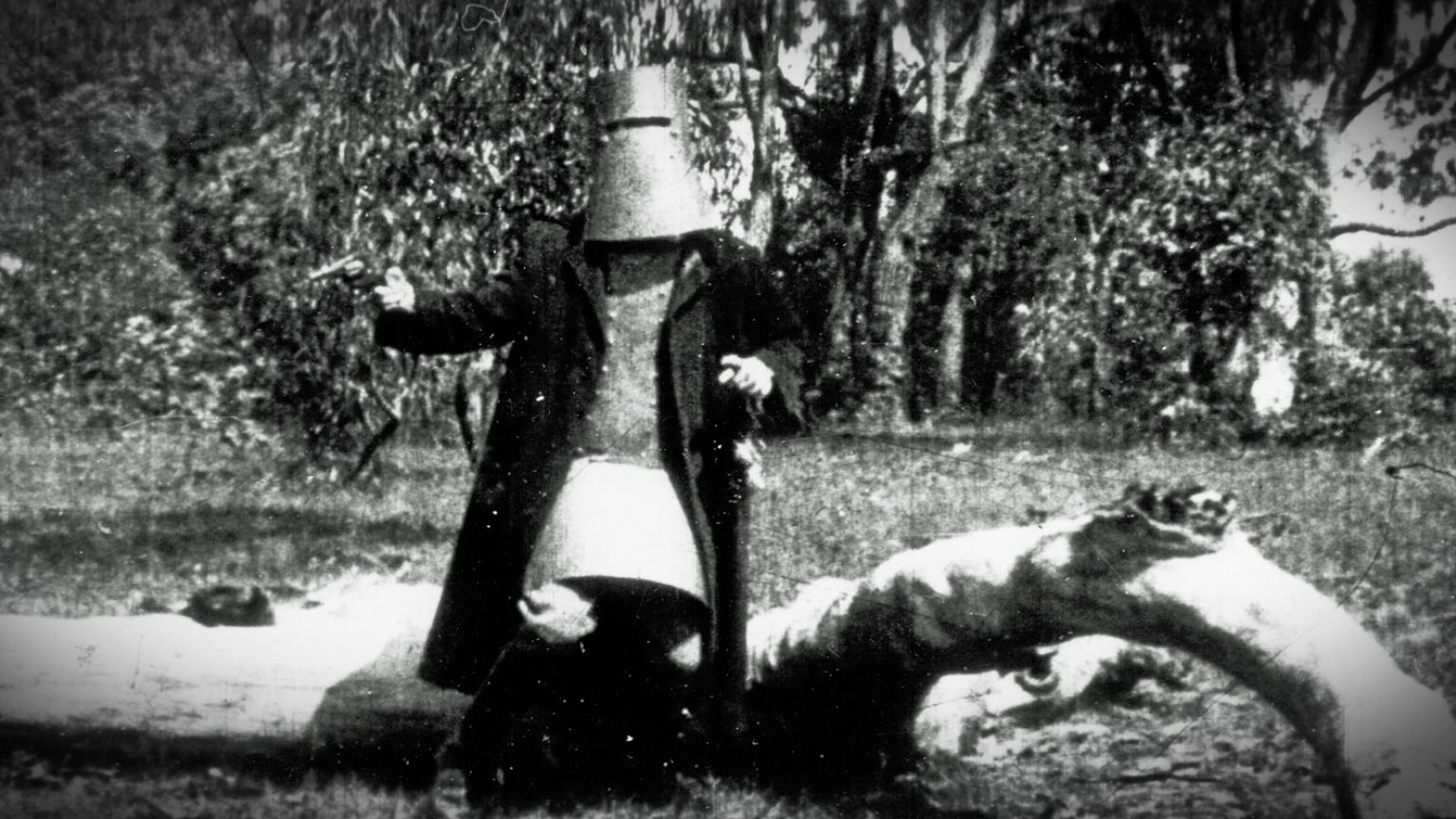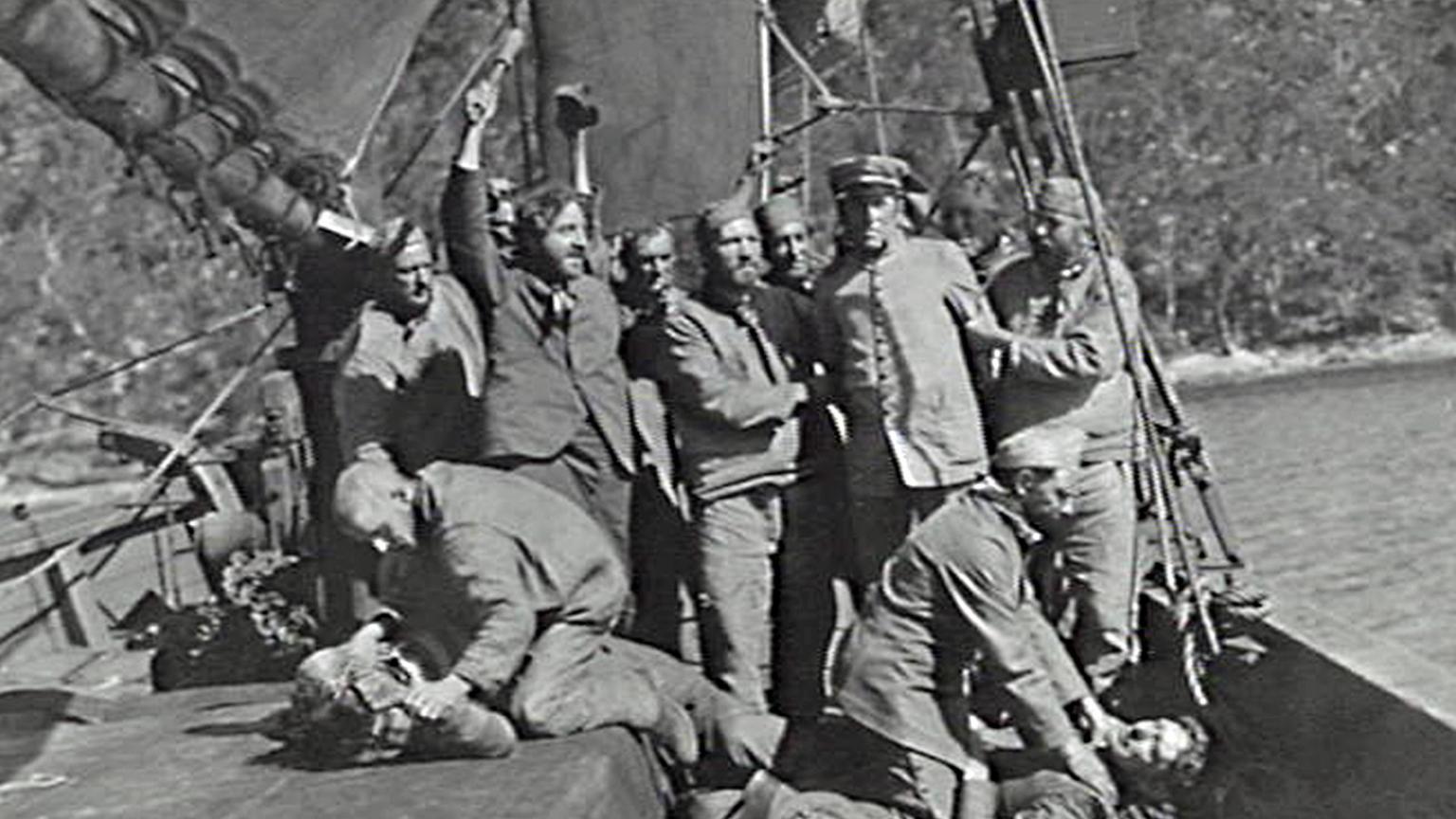1906 saw the first screening of a full-length film not only in Australia, but in the world.

At 188 Collins Street in the Melbourne City Centre sits the Melbourne Athenaeum. Founded in 1839, the Athenaeum is one of the oldest buildings in Melbourne, and is registered on both the Victorian Heritage Register and The National Trust’s Register of Historical Buildings. Today, the Athenaeum sees performances of music, theatre and comedy, including the prestigious Melbourne International Comedy Festival. It features a library of over 30,000 items and is host not only to artistic endeavours but to church services and literary discussions and seminars.
The Lumière brothers, August and Louis Jean, who had invented what was called a Cinématographe motion picture system, were the first to exhibit their creations in Paris in December of 1895. They screened ten short films, each less than a minute long, to an audience of 200 paying customers, thus creating what we call cinema today. It wasn’t long before these films, more accurately called motion pictures, were exhibited outside of Europe, first in Egypt, and then less than a year later in Melbourne’s own Athenaeum.
On Boxing Day in 1906, 67 years after its establishment and ten years after the screening of the Lumière brothers experiments, the Melbourne Athenaeum was the site of the first public screening of a full-length film in Australia. The film, The Story Of The Kelly Gang, ran for just over an hour, or, as films were measure in those days, at a reel length of over 1,000 metres. This made the silent movie the world’s first full-length narrative film.
There is some debate around the film’s historical accolades. It is true that The Limelight Department, run by The Salvation Army and considered one of the worlds first film studios, had created a piece called Soldiers of the Cross in 1901. This work was a combination of photographic glass slides and short film clips, and as a whole ran for over two hours. But this was not a cohesive narrative, and could not be called a film due to its multimedia quality. It is also important to note that Baldwin Spencer and F.J Gillen, anthropologists and authors of the 1899 study The Native Tribes of Central Australia, captured footage of Indigenous dance ceremonies sometimes between 1900 and 1903. The way their studies were presented could be considered controversial these days, but the truth remains that Indigenous Australians, whether by their own decision or not, have been involved in Australian cinema since the very beginning.
No motion pictures remain accessible from Soldiers of the Cross, though some glass slides have survived. Similarly, less than twenty minutes of The Story Of The Kelly Gang have been recovered and restored, and this along with a few stills, are all we have left to record the history of not only cinema in Australia, but the history of world cinema.

The Story Of The Kelly Gang was a success critically and commercially. This has been attributed to both the Australian public’s interest in Ned Kelly and bushrangers and to the way in which the film was screened. Though a silent film, the movie broke from the tradition of complete silence during screenings and was accompanied by the sounds, reproduced live, of horse hoofs and gun shots.
Through trial screenings in country towns the film broke even financially within a year. It was shown in Ireland, New Zealand and Britain, and toured Australia for the next two decades. The Australian public made an immediate connection with the film, with their lives and their history being played out in front of them. A group of young boys were so enthralled with the film as to emulate it by robbing a photographic studio and holding up a schoolroom at gunpoint. This is a chilling early instance of copy-cat crimes as the world would later see following cult films such as A Clockwork Orange. The fact is, films influence on viewers is so strong as to dramatically change their views of the world and of themselves.
These extreme reactions to the film also saw the first instance of legislative action against cinema. In 1907 the Victorian Chief Secretary at the time banned the film from being shown in Benalla and Wangaratta due to the town’s connections to Ned Kelly. Politicians and police forces saw the film as a glorification of crime and violence, the start of a war between art and policy that continues to this day.

The success of The Story of Ned Kelly started the first ‘flare’ period of Australian cinema, lasting from the films release to the mid 1920’s. Since then, and continuing to now, Australian cinema has gone through many flares and falterings. The influence of Hollywood, problems with government funding and cultural and social trends impact the popularity of films in Australia, and thus the quantity and quality of films being made.
As the world went through extreme changes and important historical events played out, cultural shifts and trends fluctuated dramatically. At the start of the 20th century, as film was emerging as an important avenue of artistic expression, filmmakers faced many challenges both practical and philosophical. Australia has always occupied an odd place in the world. A continent, a country, an island, an emulator of America and a unique oddity in its own right, we have grappled with our own history while trying to keep up with the rest of the world. The history of Australian cinema is, in a way, the history of Australia, told through some of the most exciting, pathetic, miserable and glorious films ever made.
Subscribe to FIB’s Weekly Alchemy Report for your weekly dose of music, fashion and pop culture news!







